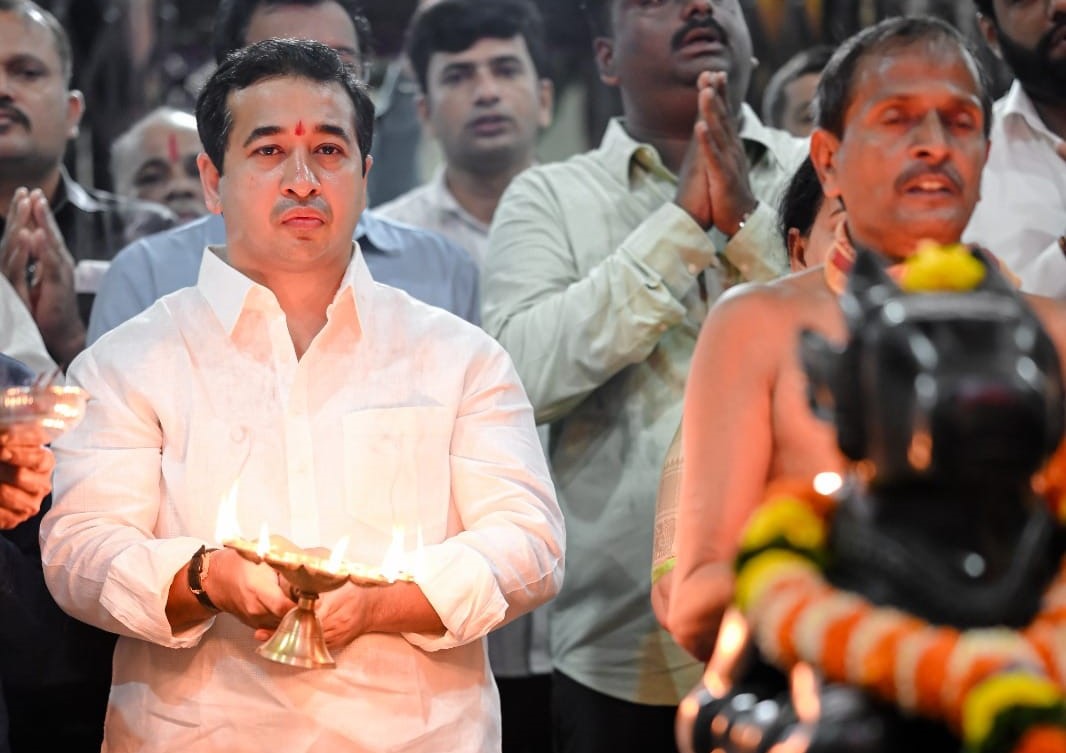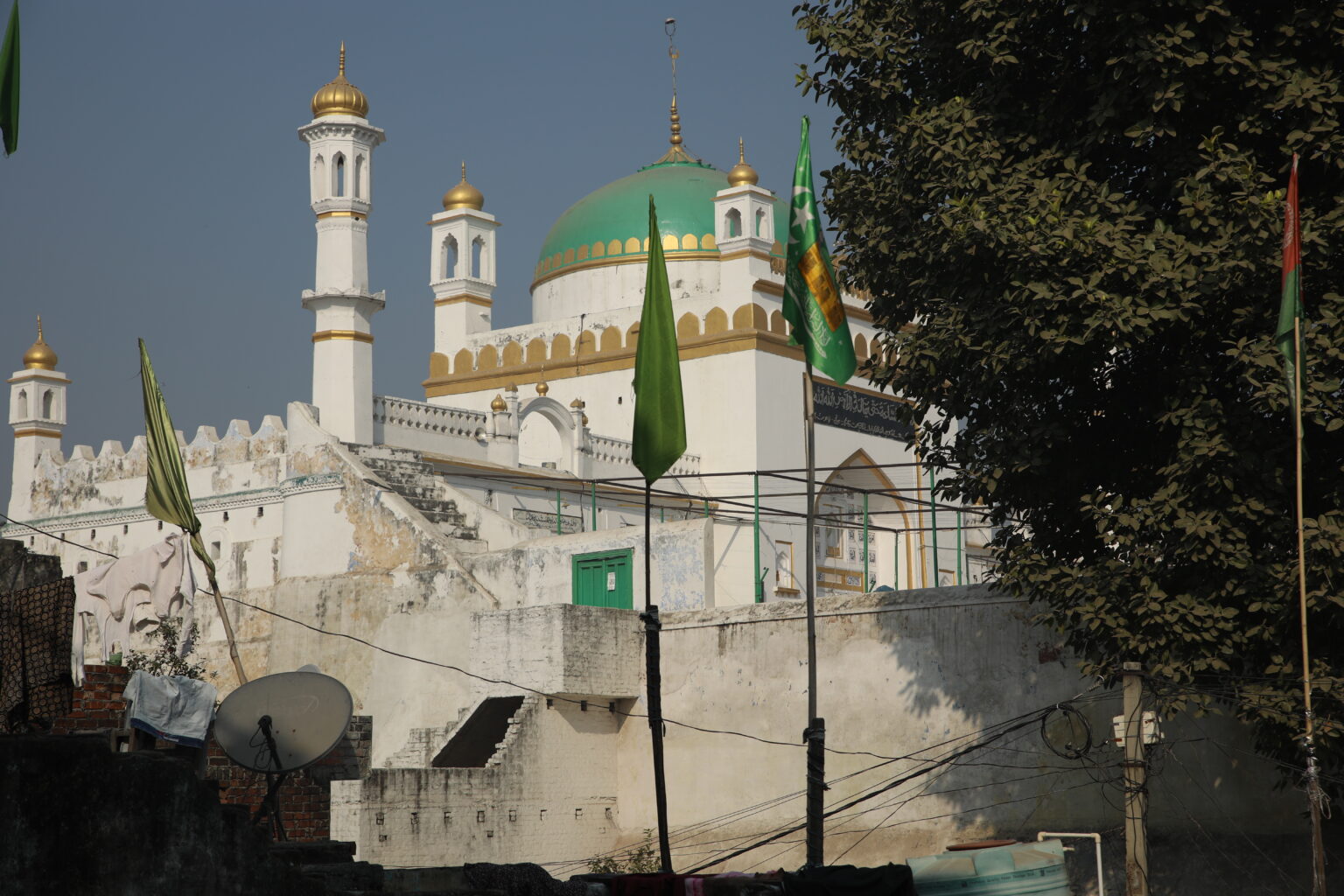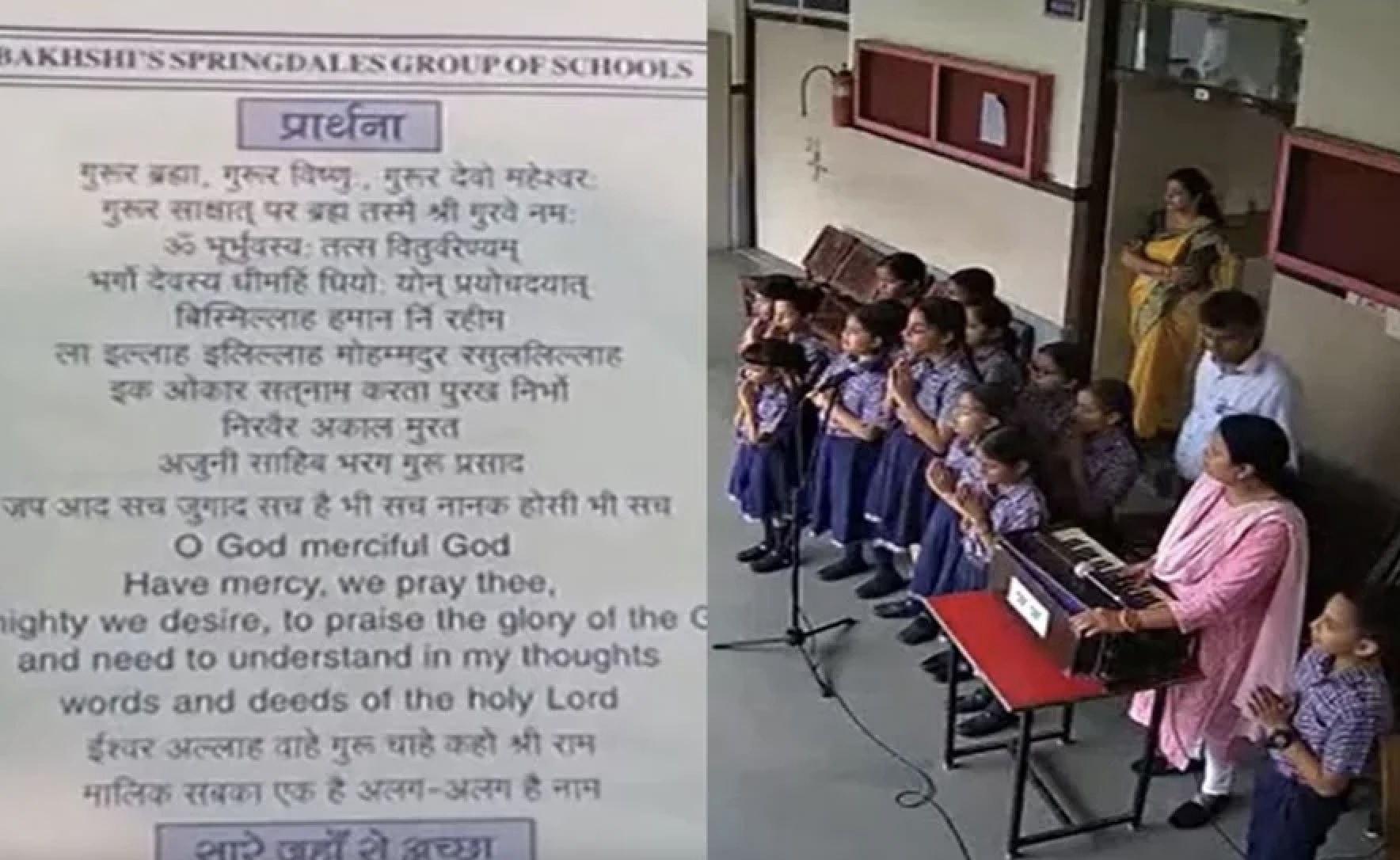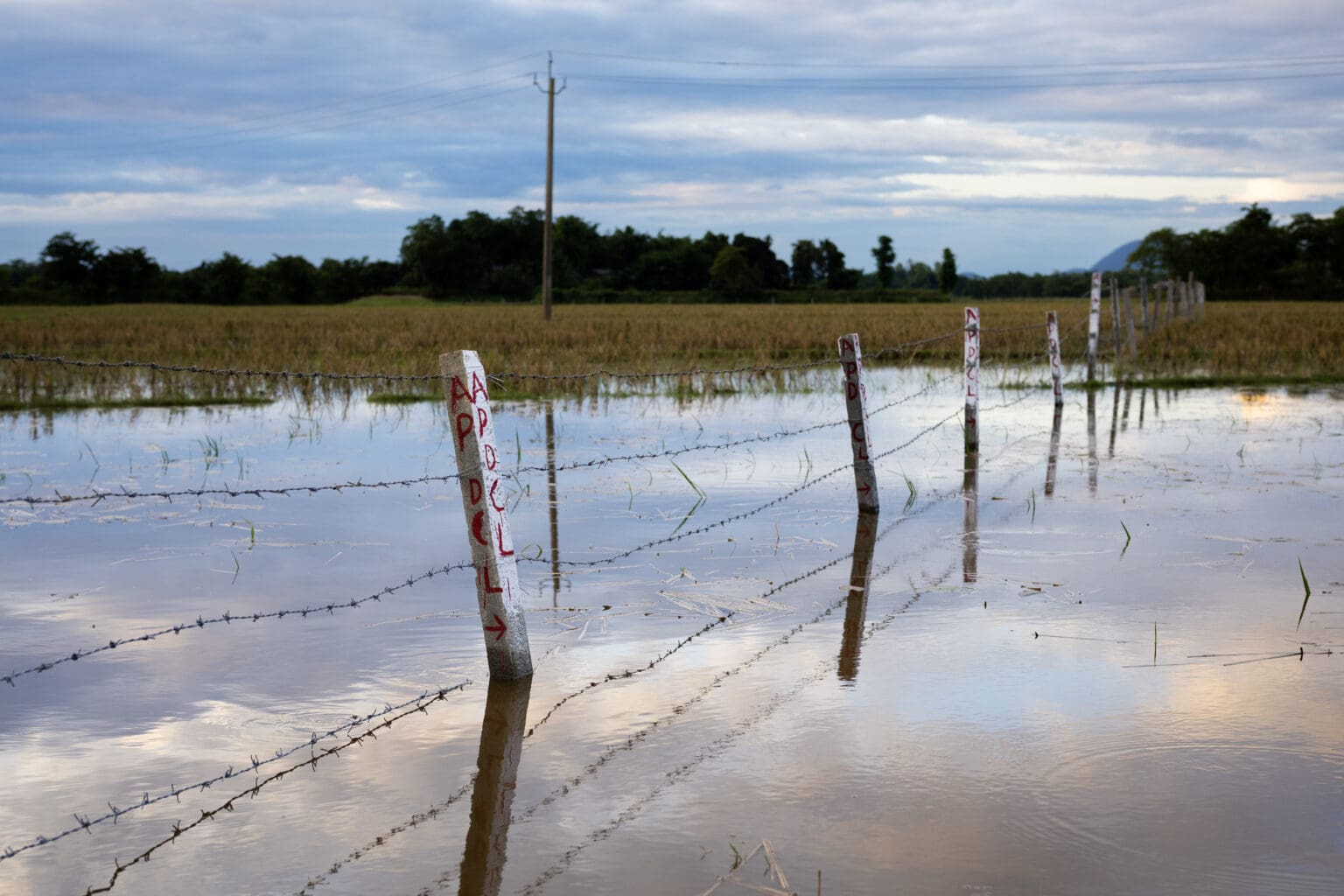
By
The Bharatiya Janata Party-led (BJP) government in Assam tabled the Assam Cattle Preservation Bill, 2021, in the Assembly in the second week of July in a bid to regulate the “slaughter”, “consumption” and “transportation” of cattle in the State. The Bill seeks to repeal the existing Assam Cattle Preservation Act, 1950—notified on April 25, 1951—which allows the slaughter of all cattle on production of a ‘fit-for-slaughter’ certificate, if the cattle are over 14 years of age or have become permanently incapacitated for work or breeding owing to injury, deformity or any incurable disease.
According to the Bill, Veterinary Officers can issue a ‘fit for slaughter’ certificate only when they are of the opinion that “the cattle, not being a cow, is over 14 years of age” or “the cattle, not being cow or heifer or calf, has become permanently incapacitated from work or breeding due to accidental injury or deformity”.
Opposition parties such as the Congress, the Communist Party of India (Marxist) and the All India United Democratic Front (AIUDF) opposed the Bill, expressing apprehensions that it could stoke communal tensions in the State and adversely affect dairy farmers and the cattle-based livelihood of ordinary farmers. The Raijor Dal, another opposition party, also opposed the Bill and claimed that it would affect farmers of all religions.
Meanwhile, the BJP-led government headed by Chief Minister Himanta Biswa Sarma also announced, in the State Budget for 2021-22, that it would introduce the practice of using ‘sex-sorted semen’ to control the birth of scrub bulls and ensure that 80-90 per cent of the calves born are female.
Curbing beef sales and supply
The Budget announcement removed the smokescreen of “cattle preservation” from the government’s intention to ensure that the State eventually has mostly cows among its cattle population and that hardly any cattle is available for legally permitted slaughter for the consumption of the State’s beef-eating population, mainly Muslims and Christians. According to the 2011 Census, Muslims accounted for 34.22 per cent of the State’s total population of 3.12 crore, while Christians formed 3.47 per cent.
If the Bill is passed, selling or buying of beef will not be permitted in Assam in areas “predominantly inhabited by Hindu, Jain, Sikh and other non-beef eating communities or within a radius of 5 km around a temple, satra or other religious institution belonging to Hindu religion, or any institution or area as may prescribed by competent authority”.
Also read: Politics of diet
The Bill also seeks to prohibit the transportation of cattle to other States, which has led to fears that it will affect cattle supply to the neighbouring Christian-majority States for consumption, agriculture and dairy farming. The cattle defined in the schedule of the Bill include bulls, bullocks, cows, heifers, calves, male and female buffaloes and buffalo calves. Under the proposed law, offences will be punishable with imprisonment for three years, which may extend to eight years, and/or a fine of not less than Rs.3 lakh and up to Rs.5 lakh. Under the existing Act, the punishment is imprisonment for up to six months and/or a fine of up to Rs.1,000.
According to the Statement of Objects and Reasons of the Bill, the existing Assam Cattle Preservation Act, 1950, “lacks sufficient legal provisions to deal with the issues arising out of slaughter, consumption and transportation of cattle”.
Guilty until proved innocent
The Bill states that no permission will be required for the transportation of cattle within a district for grazing and agriculture and animal husbandry purposes, and to and from a registered cattle market within a district. However, it places the burden of providing proof on the person transporting such cattle.
The Bill states that a person shall be deemed to be transporting such cattle for the purpose of slaughter unless they prove it to the contrary to the satisfaction of the authority or officer concerned or if they have obtained a permit for transporting cattle for bona fide agriculture and animal husbandry purposes.
(The Assam Cattle Preservation Rules, 1956, states that all slaughter houses existing at the commencement of this Rule shall be places of slaughter for the purposes of the Act. Any other place or places may be notified for this purpose from time to time by the State government.)
Apart from Veterinary Officers, the Bill also seeks to vest with police officers not below the rank of Sub-Inspector the power to enter and inspect any premises to enforce its provisions, seize cattle, vehicles used in cattle transportation, and carcasses, and detain any person suspected to have committed an offence.
Also read: Kin of lynching victims wait for justice
Ajanta Neog, the State Finance Minister, said in her Budget speech that the State proposes to introduce the use of sex-sorted semen for the benefit of dairy farmers. She said: “There will be an increase in the number of high genetic [composition] female calves born in cattle and buffalo farms with use of sex-sorted semen. It would control the birth of scrub bulls as 80-90 per cent of all births would be female calves. Female births shall help in meeting the ever-increasing demand for milk in the State.”
The State government proposes to inseminate 50,000 cattle and buffaloes with 1.25 lakh doses of sex-sorted frozen semen procured from sources within the country.
Ajanta Neog said: “With 30 per cent conception rate, at least 12,000 female calves are expected to be born as a result of implementation during the first year. The scheme may continue in subsequent years by inseminating 50,000 animals annually for the next four years.”
Meanwhile, people in Meghalaya fear that the Assam Bill will affect cattle supply to their State. Chief Minister Conrad Sangma told mediapersons in Shillong that his government would raise the issue not only with the Assam government but with the Centre too if Bill becomes law and affects the movement of cattle to Meghalaya from other States. The BJP is a constituent of the National People’s Party-led coalition government in Meghalaya.
Protests in Meghalaya
The Hynniewtrep Youths’ Council (HYC), a youth body of Meghalaya, said that the proposed Assam legislation would affect the livelihood opportunities of those people in the hill State who were directly or indirectly involved in making and selling beef products and running shops selling beef. In a memorandum to Prestone Tynsong, Deputy Chief Minister of Meghalaya, the HYC alleged that Section 7 of the Bill, which seeks to prohibit transportation of cattle through Assam to other States, was ultra vires the Constitution as inter-State trade and commerce is listed in the Union List at number 42 in the Seventh Schedule and only Parliament could pass a law regulating inter-State trade and commerce.
It added: “This provision is a cause for concern to the movement of beef, buffalo and cattle to our State even for agricultural purposes, and as beef consumption is common in the State, and Assam being the gateway for transportation of goods to the State, such a legislation will have a farsighted impact on the food habits and the economy of the State as a whole.”
Meghalaya procures cattle from States such as West Bengal, Telangana, Uttar Pradesh and Bihar, and these are transported to the State through Assam. The HYC said that apart from affecting the movement of cattle and inconveniencing cattle transporters and traders, there was the possibility of militant religious groups creating trouble over this issue.
The previous BJP-led coalition government in Assam, headed by Sarbananda Sonowal, pushed the two-child population policy by linking the number of children people had with their eligibility to apply for government jobs and contest elections to panchayat bodies.
Also read: Victory for divisive politics
First, in 2018, the Assam Assembly passed the Assam Panchayat (Amendment) Act, 2018, under which any person having more than two children from single or multiple partners was barred from being elected and could not be co-opted or remain as president, vice-president, or member of zilla parishad, anchalik panchayat or gaon panchyat. This followed a resolution passed by the Assembly in 2017 on the Population and Women Empowerment Policy of Assam.
Then, in October 2019, the Cabinet decided that those with more than two children would not be considered for government recruitment with effect from January 1, 2021.
The new BJP-led coalition government headed by Himanta Biswa Sarma is now aggressively pushing for a stringent population policy that envisages making the two-child norm a criterion for government benefits. However, the Chief Minister announced that people belonging to “tea tribe communities”, Scheduled Castes and Scheduled Tribes would be exempted from the norm.
It is also peddling the narrative that a high population growth among Muslims originally from erstwhile East Bengal (now in Bangladesh) had created a demographic imbalance in Assam and posed an existential threat to indigenous communities in the State.
The narrative polarised the discourse around the population policy on religious lines even on the floor of the Assam Assembly during the Budget session this year.
Anti-Muslim narrative
The State government convened a meeting of about 150 representatives of Assamese Muslims to discuss the issue of population explosion and problems of the community. Himanta Biswa Sarma said that at the meeting everyone agreed that population explosion in some parts of the State posed a real threat. He also said that indigenous Muslims of Assam said that they had rich cultural traditions and an identity distinct from that of Bengali-speaking immigrant Muslims and that their uniqueness should be protected.
However, the BJP’s attempt to bracket the entire population of East Bengal-origin Muslims as Bengali Muslims is problematic and a distortion of the reality. The majority of these Muslims who live in the Char (riverine) areas of the Brahmaputra valley have registered themselves as Assamese in successive Censuses and their children study in Assamese-medium schools. Their language is a mix of Bengali dialect and Assamese.
The Char areas in the State comprise mid-channel sandbars along the course of the Brahmaputra spread across 14 districts, and about 25 lakh people live there. The majority of the Char dwellers are immigrant Muslims from erstwhile East Bengal and their descendants.
Also read: Propaganda in India that Muslims will outnumber Hindus by 2035 is governed by prejudice, not facts
The Chief Minister said that his government would convene a separate meeting with representatives of “Bengali-speaking Muslims” to discuss the population policy. While replying to a discussion on the population policy in the Assembly, he attributed poverty and “encroachment of government lands” by Muslims of East Bengal-origin to high population growth among them.
However, he did not mention the unabated erosion of Char lands and river banks caused by the Brahmaputra and its tributaries, which leads to the displacement of landless Muslim Char dwellers who are forced to move from one place to another in search of vacant land. Official data show that Assam loses some 8,000 hectares of land every year to erosion.
In 2017, the Assembly adopted the Population and Women Empowerment Policy, which said that early marriage was prevalent among Muslims of the Chars and other economically backward communities.
It said: “Although the incidence of child marriage in the age group between 7 and 10 years is not prominent in Assam, there are high incidences of marriage in the age group between 14 and 16 among girls and between 16 and 20 among boys. Incidence of such underage marriage is most prominent in the Char areas, tea belt and in some tribal areas.”
Population growth: Myth and realities
Assam’s population increased from 2.66 crore in 2001 to 3.12 crore in 2011. Census data showed that decadal growth declined to 17.07 per cent during 2001-2011 from 18.92 per cent in 1991-2001.
The Population and Women Empowerment Policy said the rate of increase of 17.07 per cent was “at an unsustainable level”. Quoting from the Annual Health Survey 2011-12, it said: “In 2013, Assam recorded a total fertility rate [TFR] of 2.3 against a target for replacement level fertility rate of 2.1; its crude birth rate is approximately 21.3.” (The TFR is the average number of children that would be born to a woman over her lifetime if she were to experience the exact current age-specific fertility rates through her lifetime and if she were to live from birth until the end of her reproductive life.)
Also read: BJP scripts devious election strategies
Some districts had recorded very high birth rates. According to Census 2011, they were: Dhubri (24.44 per cent), Morigaon (23.34 per cent), Goalpara (22.64 per cent) Darrang (22.19 per cent) Nagaon (22.00 per cent), Karimganj (22.90 per cent), Hailakandi (21.45 per cent), Barpeta (21.43 per cent), Bongaigaon (20.59 per cent), Cachar (20.19 per cent), and Kamrup (Metropolitan) (18.34 per cent). The National Family Health Survey Round 2019-20 (NFHS-5) data showed that the overall TFR in the State had declined to 1.9 from 2.2 in 2015-16.
The NFHS data also revealed alarmingly high levels of teenage pregnancy in Assam and the highest such levels among Muslims. Against 4.4 per cent of Hindu teenage girls who had had a live birth, the percentage was as high as 12.6 among Muslims. Among Christians it was 2.3. Poor access to education and health care are key factors behind the high incidence of early marriage among Muslims, particularly in the Char areas.
The survey also showed that the percentage of married women in the 15-49 age group having two living children who do not want any more children was almost equal across religions: 88.4 per cent for Hindus, 83.4 per cent for Muslims and 83.3 per cent for Christians. Among married men in the same age group and category, the percentages were: Hindus 84 per cent, Muslims 82.1 and Christians 84 per cent.
Sherman Ali Ahmed, a Congress legislator, proposed in the State Assembly that the marriageable age for girls be raised to 20 years to check early marriage and as a strategy to check population growth. He supported the two-child norm but cautioned against targeting Muslims.
In his reply, the Chief Minister said that the population policy was “anti-poverty, not anti-Muslim”. He also said that going by the Census report, the growth of the Muslim population fell from 34 per cent to 29 per cent between 1991 and 2001, but remained static at 29 per cent in the subsequent decade.
The growth of the Hindu population, on the other hand, declined from 16 per cent to 10 per cent during the 2001-2011decade, he added.
Also read: Dr T.V. Sekher: ‘Socio-economic empowerment is more effective in regulating fertility’
Himanta Biswa Sarma also insisted that Muslims in the Char areas must control their “fast population growth” and announced that the State government was contemplating raising a “Population Army” of 1,000 boys from the Char areas and recruiting 10,000 Accredited Social Health Activist (ASHA) workers to educate women of the Char areas in family planning.
He claimed that poverty was high among Muslims because of the high population growth and lower among Hindus owing to lower population growth.
The Assam Human Development Report 2014 states the hill areas had the highest poverty rate of 44.7 per cent, followed by the Char areas (42.6 per cent) and the tea garden areas (37.6 per cent). The poverty rate was highest among the Scheduled Tribes (40.5 per cent), followed by the Scheduled Castes (37.5 per cent), the Other Backward Classes (36.5 per cent), and the general category households (36 per cent).
Since Muslims account for a third of the State’s population and Christians form the majority in neighbouring Meghalaya, Nagaland, and Mizoram, the Sangh Parivar has zeroed in on Assam as the ideal laboratory for its Hindutva experiments, which it has commenced with a mixture of food politics and population policies.
This story first appeared on frontline.thehindu.com






